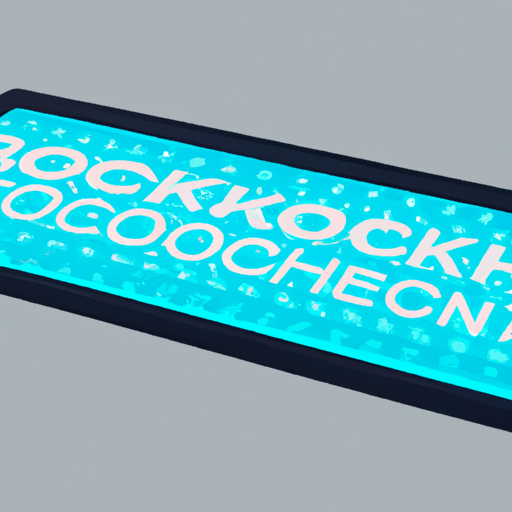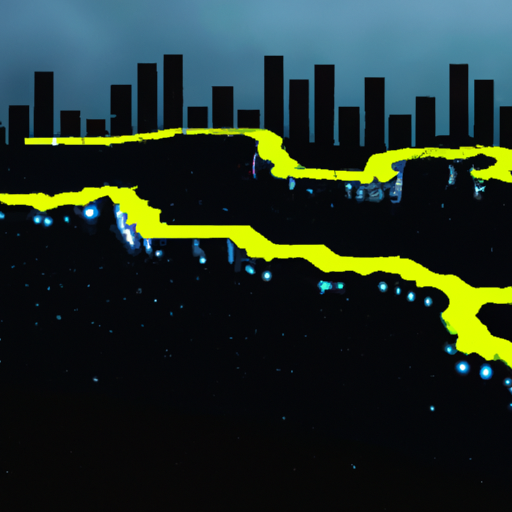Unleash the Power of Blockchain in the Web3 Era
The Evolution of Blockchain Technology in Web3

The Evolution of Blockchain Technology in Web3
Blockchain technology has come a long way since its inception with Bitcoin in 2009. Originally designed as a decentralized ledger for recording cryptocurrency transactions, blockchain has evolved into a powerful tool with applications far beyond digital currencies. One of the most exciting developments in recent years is the intersection of blockchain and Web3, a term used to describe the next generation of the internet.
Web3 represents a paradigm shift in how we interact with the internet. It envisions a future where users have more control over their data and digital identities, and where decentralized applications (dApps) replace traditional web services. At the heart of this transformation is blockchain technology, which provides the necessary infrastructure for building trust and enabling peer-to-peer interactions.
The first major milestone in the evolution of blockchain technology was the introduction of smart contracts. These self-executing contracts, stored on the blockchain, enable the automation of agreements between parties. Smart contracts have opened up a world of possibilities, allowing for the creation of decentralized applications that can operate without intermediaries.
With the rise of smart contracts, blockchain technology began to gain traction beyond the realm of cryptocurrencies. Developers started exploring new use cases, such as supply chain management, identity verification, and decentralized finance (DeFi). These applications leverage the transparency and immutability of the blockchain to provide secure and efficient solutions to real-world problems.
As blockchain technology continued to mature, the concept of Web3 started to take shape. Web3 aims to address the shortcomings of the current web, which is centralized and controlled by a few dominant players. It envisions a more open and inclusive internet, where users have ownership and control over their data.
One of the key components of Web3 is decentralized identity (DID). DID allows individuals to have full control over their digital identities, eliminating the need for centralized identity providers. Blockchain technology plays a crucial role in enabling secure and verifiable digital identities, ensuring that users have complete control over their personal information.
Another important aspect of Web3 is the concept of decentralized storage. Traditional web services rely on centralized servers to store and retrieve data. In Web3, data is distributed across a network of nodes, making it more resilient to censorship and data breaches. Blockchain technology provides the necessary infrastructure for securely storing and accessing data in a decentralized manner.
The intersection of blockchain and Web3 has also given rise to the concept of decentralized finance (DeFi). DeFi refers to the use of blockchain technology to recreate traditional financial systems in a decentralized manner. With DeFi, users can access financial services such as lending, borrowing, and trading without the need for intermediaries. This has the potential to democratize finance and provide financial inclusion to the unbanked.
In conclusion, the evolution of blockchain technology in Web3 represents a significant milestone in the development of the internet. Blockchain has moved beyond its origins in cryptocurrencies and is now being used to build a more open and inclusive web. With the advent of smart contracts, decentralized identity, decentralized storage, and decentralized finance, blockchain technology is revolutionizing the way we interact with the internet. As we continue to explore the possibilities of Web3, it is clear that blockchain will play a central role in shaping the future of the internet.


